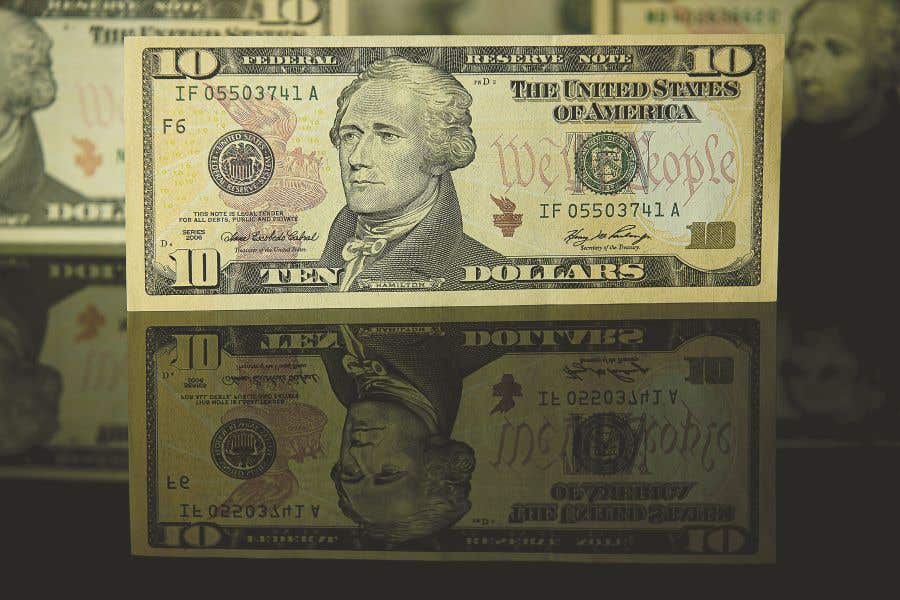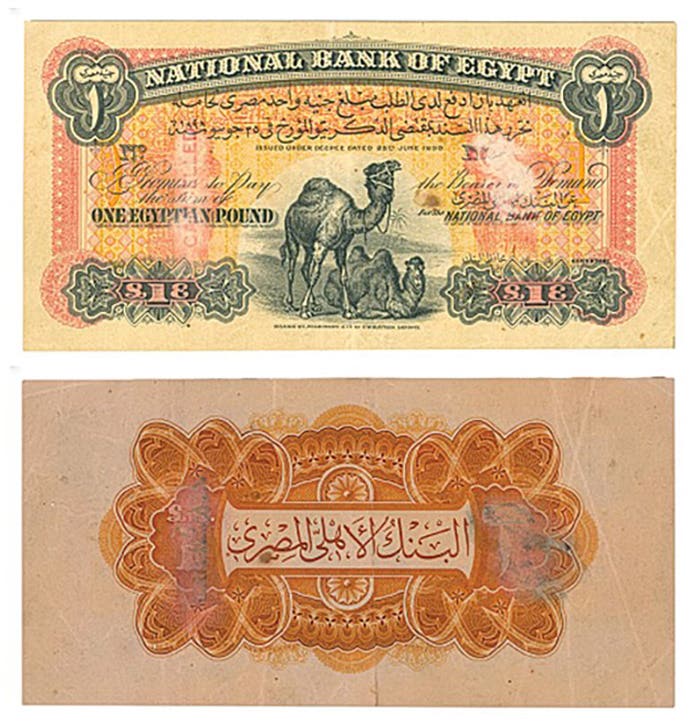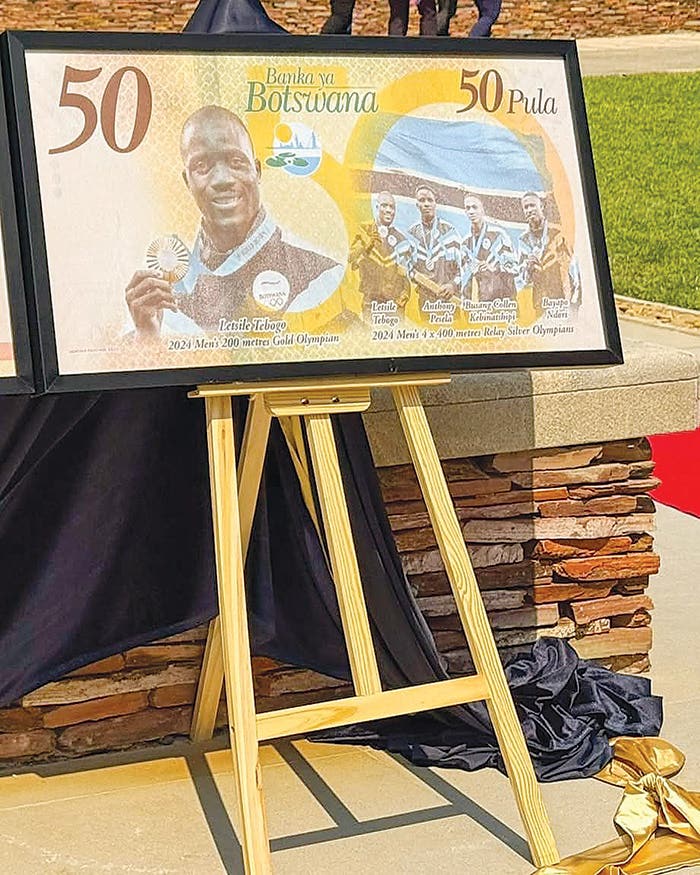Hotz Off the Press – In Session at Washington Court House, Ohio
Before it was entangled in scandal, Midland National Bank helped shape a town.
I hope this finds my readers in good spirits and enjoying the summer so far. This month’s article is part one of a two-part series highlighting the Midland National Bank of Washington Court House, Ohio. This month, we will look at the town, its history, and the bank and its issues. Next month, we will learn how this bank and its president were caught up in the famous Teapot Dome Scandal of the 1920s and how it was involved in one of the most important Supreme Court decisions of the time on legislative power.
Washington Court House, Ohio, is the seat of Fayette County, Ohio, located midway between Dayton and Chillicothe, and is pretty much in the center of the Cincinnati-Dayton-Columbus triangle. The city is located at the junction of U.S. Routes 22 and 62, with U.S. Route 35 acting as a bypass. It is 40 miles south of Columbus and 49 miles east of Dayton. The population was 14,400 in the last census.
Officially named Washington as far back as the 1850s, the “Court House” suffix was used to distinguish the city from other places in the state that have Washington in its name–Old Washington, New Washington, Washingtonville, and Port Washington. The suffix is attributed to settlers from Virginia, where the naming convention of Court House was used with county seats (e.g., Appomattox Court House).
The abbreviated initials “Washington C. H.” were then added to maps and postal guides, and the de facto use of Washington Court House persisted over time. The name was made official when the city adopted a new charter in the early 2000s, making it the longest city name in the state.
The area around Washington Court House was initially settled by veterans of the American Revolution who received the land from the government as payment for their service in the war. Washington Court House’s first settlers appear to have been Edward Smith Sr. and his family, who emigrated from Pennsylvania in 1810. Smith and his family constructed a crude house in the thick woodlands near Paint Creek, but their efforts to clear the land were interrupted by his departure for military service in the War of 1812. Soon after returning from his martial pursuits, Smith drowned while attempting to cross a flooded creek, but his widow and 10 children survived and prospered despite the absence of their patriarch.
Smith’s descendants remained prominent in Fayette County for more than a century after he arrived from Pennsylvania, although many had left Washington Court House for other parts of the county. A family residence still stands on U.S. Route 62, not far outside the city’s eastern boundary.
In 1833, Washington Court House (then known as Washington) contained a printing office, seven stores, two taverns, two groceries, a schoolhouse, a meeting house, and about 70 residential houses.
The town occupied an important position at the crossroads of several plank roads, and the arrival of rail service led to further growth. It was already substantial when hit by a tornado in 1885, which caused loss of life and significant damage to the commercial district.
On October 17, 1894, the then-city was the site of the Washington Court House Riot of 1894, which was one of the last attempted lynchings in Ohio. On October 16, a crowd gathered outside the Fayette County Courthouse with the intent to lynch William “Jasper” Dolby, a Black man who had been convicted of sexually assaulting a white woman. Ohio Governor William McKinley called the militia to subdue the crowd. The next day, the crowd rushed to the courthouse doors and was warned to leave or be shot. The crowd ignored the warning and continued to batter the doors. Colonel Alonzo B. Coit then ordered his troops to fire through the courthouse doors, which killed five men. Colonel Coit was indicted for manslaughter but was acquitted at trial. After the trial, Governor McKinley stated, “The law was upheld as it should have been… but in this case at fearful cost… lynching cannot be tolerated in Ohio.” The courthouse doors were not repaired or replaced, still standing with the bullet holes from the 1894 riot.
The city had national banking early in its life with the First National Bank of Washington, charter #284, which operated from 1864 until its liquidation in 1878. The city also had the Fayette County National Bank of Washington, charter #1972, a short-lived bank from 1872 to 1875. This article, and the second part next month, will concentrate on Washington’s main bank, the Midland National Bank of Washington Court House, charter #4763. The bank was organized in 1892 and operated for 36 years until it was liquidated at the end of May 1928.
The Midland National Bank issued “Series of 1882” brown and date back notes until 1912 when it continued with “Series of 1902” date and plain back notes until the liquidation. The total issue of over 36 years was not large, just a tad more than $670,000, or roughly $18,500 per year. Currently, just 11 notes are reported, with one $5 brown back and the rest split more or less evenly between 1902 date and plain back notes.
Since the city was long referred to as Washington C.H. locally, the bank’s title reflected this, making it quite the anomaly among national bank titles. It remains the only note-issuing national bank to have the initials “C.H.” in its title and, frankly, the only one to have any similar use of initials other than those used in a private name bank (for example, the H.Y. Davis National Bank of Cave City, Kentucky). While another courthouse-named town exists—the First National Bank of Cape May Court House, New Jersey, the words are spelled out. The Midland National Bank is the only one that uses such initialing in its name.
This bank’s odd name appealed to me when I purchased a “Series of 1902” note many years ago at a Memphis International Paper Money Show. I didn’t think much more about it until a couple of years back when an absolutely gorgeous “Series of 1882” $5 brown back popped up out of the proverbial woods and landed in an auction held by Heritage Auctions.
The note was a peach, and I was delighted to add it to my collection. The bold tombstone with the name “Washington C.H.” in bold, black-lined white lettering really popped. The note has lovely pen signatures of bank president S.W. Cissna and cashier Mal S. Daugherty (much more about him next month). I am quite sure you will appreciate why I wanted to add this beauty to my collection.
Washington Court House is a lovely small city that is alive and active. The town is replete with attractive period buildings and historic structures; there are no abandoned storefronts or dilapidated homes. The downtown area is full of shops and other businesses. The city has an original and well-maintained Carnegie Library at 127 S. North Street, which has been expanded and serves the community well.
The city is dominated by the Fayette County Courthouse (hence the town’s name), a three-story Second Empire-style building that is the third courthouse on the site. The building was designed by architect David W. Gibbs and was constructed between 1882 and 1885. The entrances are set into a recessed arched alcove with two long arched windows on the fronts. Above the alcove is a small balcony topped by a pediment, which is supported by four Ionic columns. The pediment contains a tympanum decorated with a wreath surrounded by flags. A balustrade lines the balcony. The second floor contains arched windows set into rusticated stone blocks, and decorative carved wreaths are set between each window. The roof is supported by an entablature with dentil moldings, and a balustrade lines the flat roof. A central tower rises on a solid bricked drum, which supports an arched and pillared bell tower. The bell tower is topped by a four-faced clock that supports a dome rising to a statue.
The Midland National Bank was located on what was known then as “Banker’s Row.” The bank was on the corner of East Court Street and Central Place, next to the county courthouse and adjacent to the other banks in town: the Fayette County Bank and the Commercial Bank. The Fayette County Historical Society was kind enough to provide me with photos of the bank and environs. I have also included a picture of the bank building as it appears today in town. The bank building has been considerably altered, as can be seen, and the rest of Banker’s Row no longer resembles the 1920s view, with much larger and more modern buildings replacing the smaller ones seen in the images.
This ends part one of this two-part article. Next month, we will learn about the Midland National Bank and its president’s role in the Teapot Dome Affair, the biggest political scandal of the 1920s. Stay tuned!









